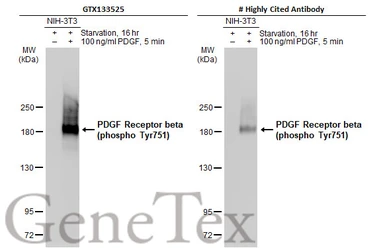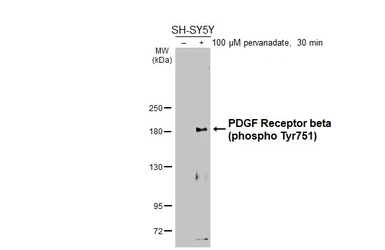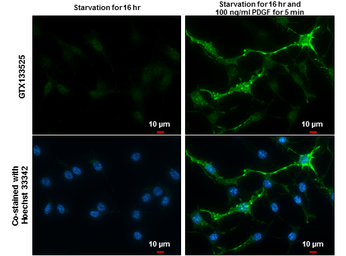PDGF Receptor beta (phospho Tyr751) antibody
Cat. No. GTX133525
Cat. No. GTX133525
-
HostRabbit
-
ClonalityPolyclonal
-
IsotypeIgG
-
ApplicationsWB ICC/IF
-
ReactivityHuman, Mouse





